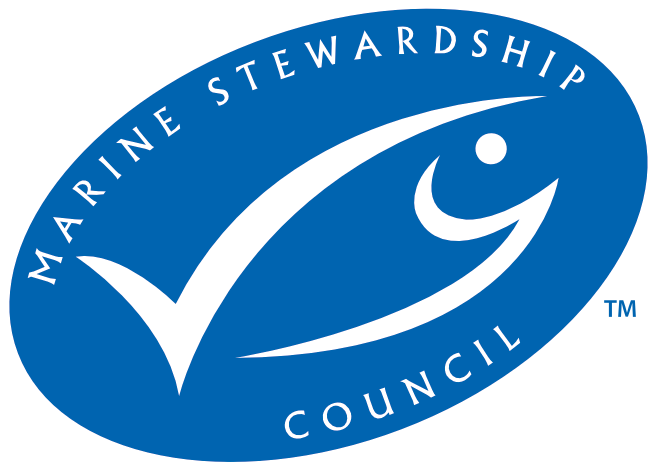
- Certifier :
- q.inspecta GmbH
- Certified status :
- Certified
- Certified since :
- 23 Jun 2016
- Certificate expires :
- 22 Dec 2026
Overview
Fisheries are composed of one or more parts, each of which is entitled to receive an MSC certificate. These parts or “units” are defined by their target stock(s), fishing gear type(s) and if relevant vessel type(s), and the fishing fleets or groups of vessels.
When the term “Unit of Certification” is used for fishing units that are in assessment, it refers to the “Unit of Assessment” or “Unit of potential certification”. Expand a status below to view the parts that form this fishery. To check the detailed scope, download the latest certificate or open the Assessments page to get the latest report. Find out more by visiting our page on Fisheries
Catch by Species
| Species | Reported Catch Year | Metric Tonnes |
|---|---|---|
| Flathead grey mullet (Mugil cephalus) | 2024 | 89.8 |
| Blue swimming crab (Portunus armatus) | 2024 | 48 |
Information is provided by an independent Conformity Assessment Body as live weight (the weight of species at the time of catch, before processing) and where a fishing season covers multiple years, the end year is given as the reported catch year. Additional information is available in the latest report, see the assessments page.
Eligibility, client groups and vessel lists
A fishery may choose to define the members of the fishery certificate. These members can be vessels or other client group members (e.g. companies that own vessels and/or companies that are named as eligible to handle certified product covered within the fishery certificate scope). Please refer to the fishery certificate statement on additional product specific eligibility criteria (e.g. product eligibility limitations, eligibility date, exclusive points of landing and the point where Chain of Custody certificate is required). Please consult the fishery Public Certification Report for product eligibility rationale.
| Documents | Published on | Files |
|---|---|---|
| Vessel List | 15 Dec 2021 | 1 files |
About this Fishery
This fishery on the Peel Harvey Estuary, south of Perth, Western Australia, targets two species – the blue swimmer crab and the sea mullet. What makes it unique is that the certification assessment goes beyond commercial concerns and takes in the popular recreational fishery for swimmer crabs.
Ten licensed operators make up the commercial crab fishery, with each entitled to 42 traps. These are collapsible, with a solid metal base ring for support and structure, and a buoyant pneumatic upper ring to set the trap. The traps typically have one, two or three pairs of opposing side entry funnels. The size of the gear is limited to an internal volume not exceeding 0.31m3, or a cylindrical diameter of less than a metre.
Recreational fishers catch swimming crabs with drop nets from boats in deeper water, or by wading with scoop nets in the estuary shallows. Drop nets are limited to a diameter of 1.5m, while scoop net diameter must be no more than 370mm.
Both groups are subject to size limits (minimum 127mm carapace, well above sexual maturity at 86-97mm), area closures, seasonal and weekend closures; and recreational fishers must be licensed if using a boat.
Eleven commercial vessels are licensed to catch sea mullet, using gill and haul nets. Haul nets are used to encircle a school of fish, while gill nets are static. Mesh size constraints are in force for each type of net, and length is also limited. Like the swimming crab fishery, the mullet fishery is subject to size limits, area closures and seasonal restrictions.
Read the Peel Harvey blue swimmer crab story >
Blue swimmer crab image © Matt Watson & Meredith Epp
Market Information
Catches of both species are sold to local markets. In 2011-12, commercial fishers landed 67 tonnes of swimmer crab, compared to 73 tonnes landed recreationally. Around 55 tonnes of sea mullet are caught in the fishery.
